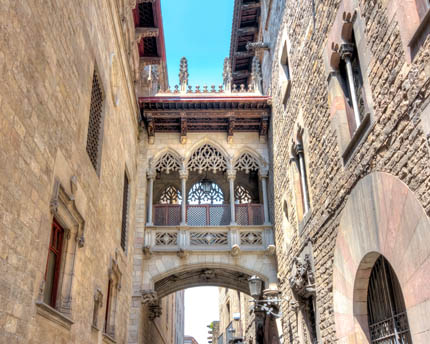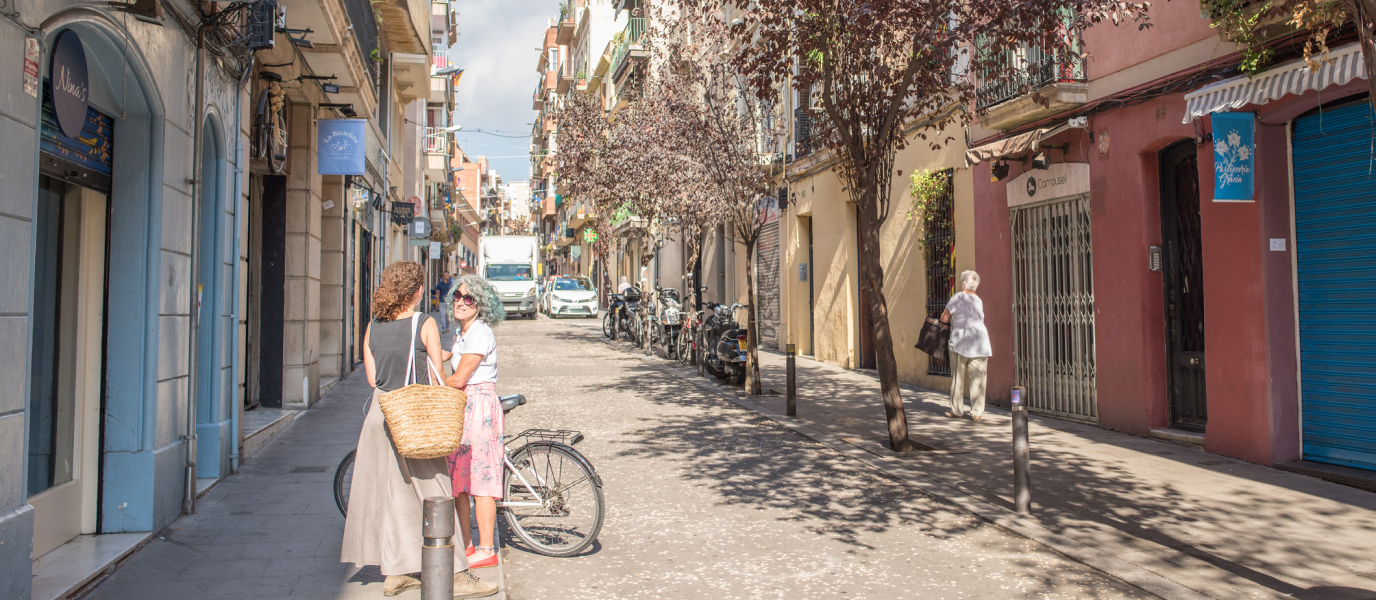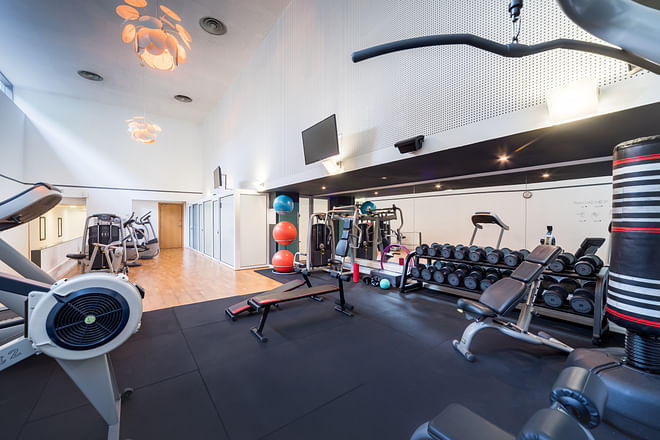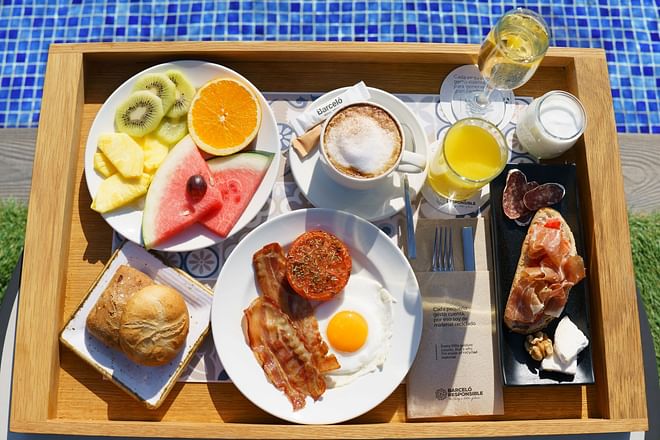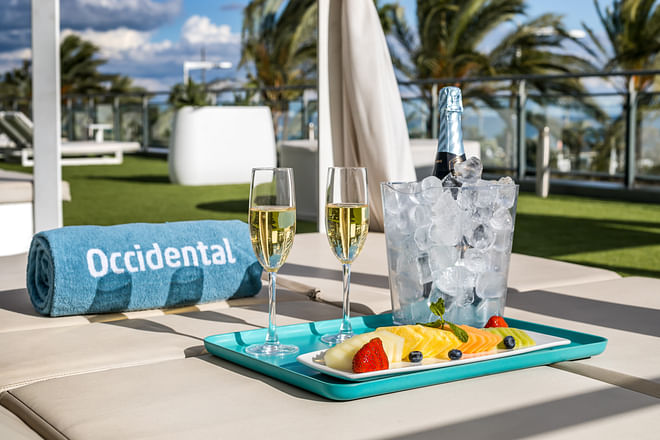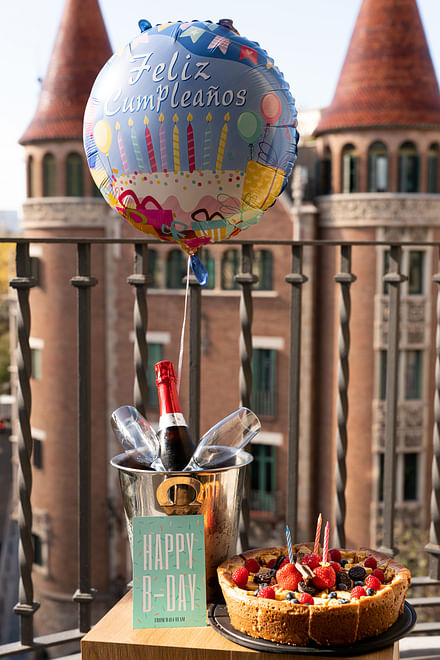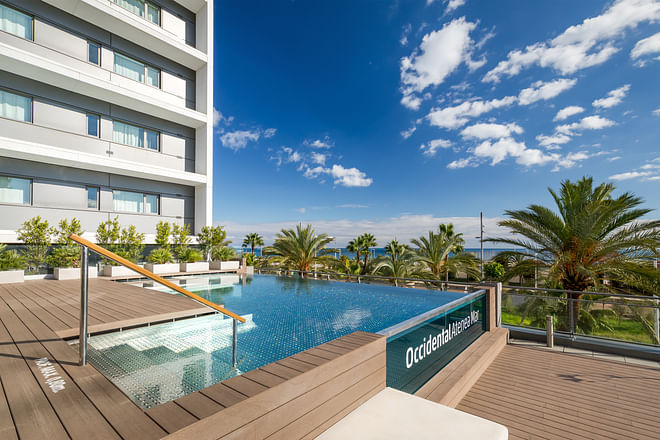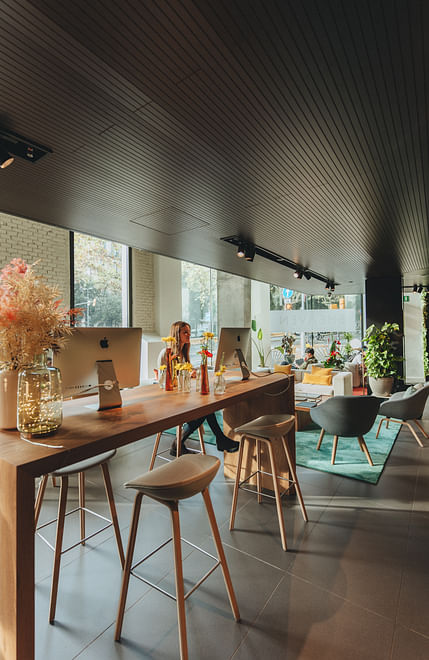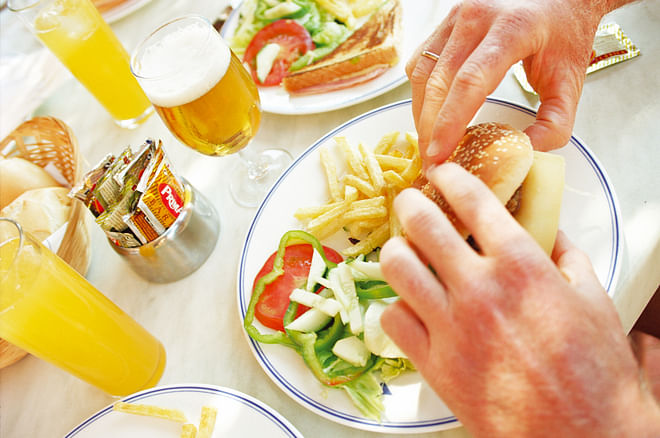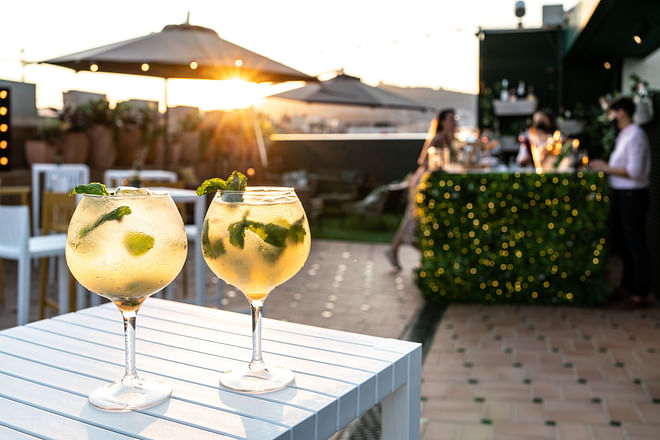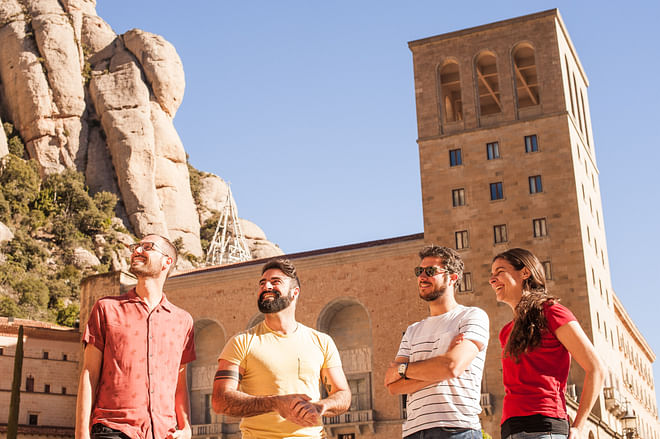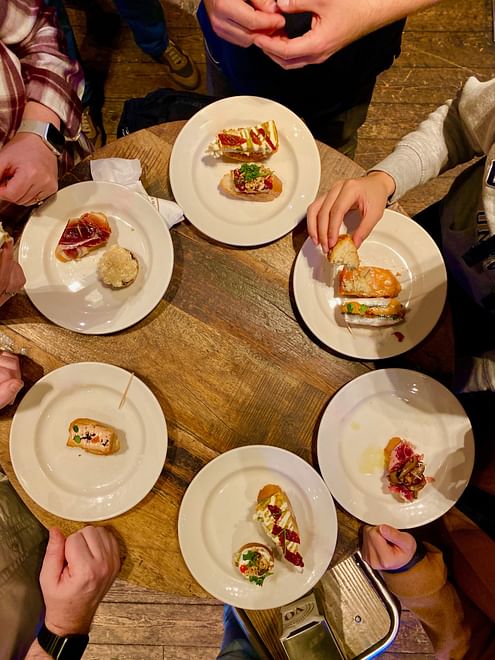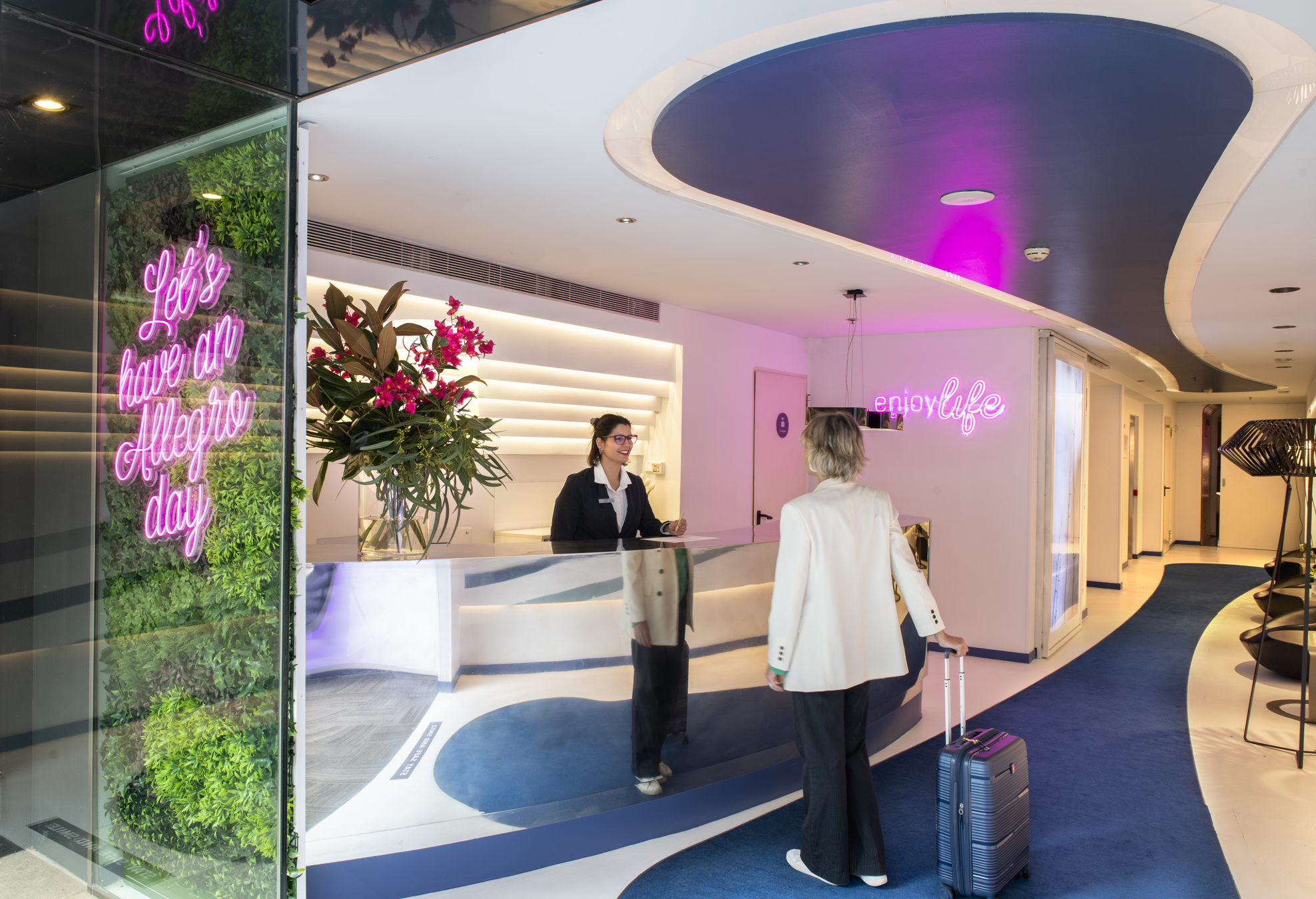When flying over Barcelona, or using any kind of tool that gives us a bird’s-eye view, you can clearly distinguish the hypnotising grid of blocks designed by Ildefons Cerdà for the Eixample district, interrupted only by the long avenues that shape the Catalan capital, such as Avinguda Diagonal, Passeig de Gràcia and Passeig de Sant Joan. However, beyond Ronda de Sant Pere and Ronda de la Universitat, in the direction of the sea, a sense of disorder begins to take hold, where medieval maze-like streets prevail, especially in the Gothic Quarter and the elegant El Born.
Nevertheless, at the end of Via Laietana, the dividing line between El Born and the Gothic Quarter, order is restored in La Barceloneta, a set of narrow streets drawn up in the eighteenth century. When seen from above they recall a toy town furnished with tightly-packed streets, where the clothes that hang from balconies flap in the sea breeze and windblown passers-by wander the streets.
The history of La Barceloneta
At present, and especially when the weather permits—which in the case of Barcelona is most of the year—La Barceloneta is buzzing with tourists and locals, especially along its two main roads: Passeig de Joan de Borbó, which connects the Metro station with the beach, and the waterfront promenade. However, in the eighteenth century it was nothing more than a sandy area situated outside of the city walls, on which homes for fishermen were built, according to an orthogonal plan made up of long streets leading towards the sea.
During the following century, in addition to the fishermen and workers linked to maritime activity, people who worked for the neighbourhood’s main industries, centred mostly on gas and metallurgy, also began to move there.
Nevertheless, the definitive transformation came in the twentieth century, when the Catalan capital opened up towards the sea and, as a result, different restaurants, bars and beachside kiosks with tables almost touching the water—these days prohibited due to coastal legislation—began to open. Some of the area’s most beautiful buildings date from the beginning of the century, such as the stunning Cooperativa La Fraternitat Modernist-style building, which today houses the local library.
In the years running up to the Barcelona ‘92 Olympic Games the city fully immersed itself in its modernisation, with La Barceloneta affected, for better or worse, because of its proximity to the Olympic Village. In its surroundings, cutting-edge constructions were built, such as Torre Mapfre and Hotel Arts, symbols of the Barcelona that wanted to show itself to the world as a city with important historical heritage, modern infrastructure and a promising future.
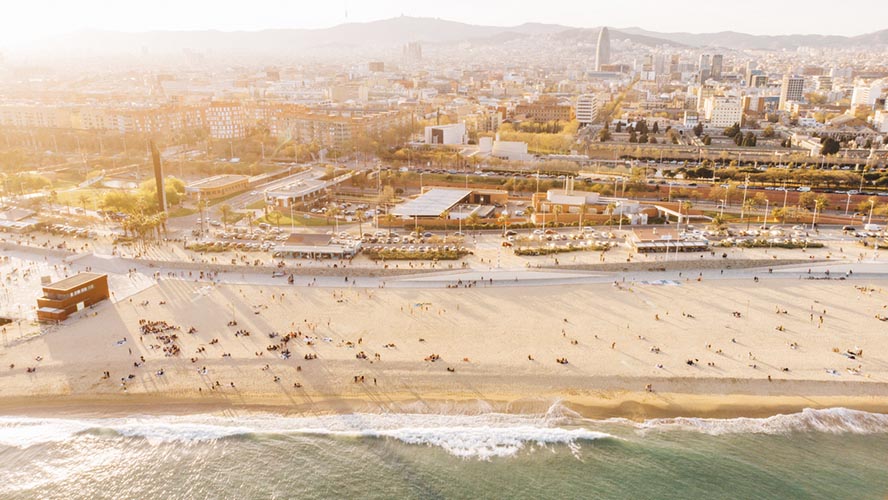
What to see in La Barceloneta
- Sant Miquel del Port church
It is situated just 50 metres away from Passeig de Joan de Borbó, a thoroughfare thronged with people coming and going from the beach, above all between Easter and October. However, few abandon the main road to explore the inner depths of the neighbourhood, home to traditional shops and local bars. We recommend visiting this place of worship, as it is one of the oldest buildings in La Barceloneta—it was built between 1753 and 1755—and it has an elegant stone façade with a sombre appearance, which recalls the most classic and restrained strand of Roman Baroque, whose maximum exponent is the Church of the Gesù.
- Barceloneta Market
It is situated behind Sant Miquel del Port church. You must, however, take Carrer d’Escuder or Carrer de la Maquinista to access the square on which it is located—Plaça del Poeta Boscà. Said plaza is a genuine open-air civic centre and a must-visit for those who wish to discover the real Barceloneta: one in which children play ball games in the park and locals read the newspaper in the sun or go out to do their daily shopping. The market is located on the northern side of the square and was restored by the team of the deceased architect Enric Miralles. The result is a hybrid that plays with the classical and the modern, combining the original wrought-iron structure with innovative features such as solar panels situated on the roof.
- Barceloneta Park
Halfway between the beach and the Ronda Litoral motorway, Barceloneta Park lies on the site of what was once the Catalana del Gas factory, demolished in 1989. The space still boasts features from its industrial past, such as the beautiful Torre de les Aigües water tower (a modernist construction from 1905) and the Fábrica del Gas building.
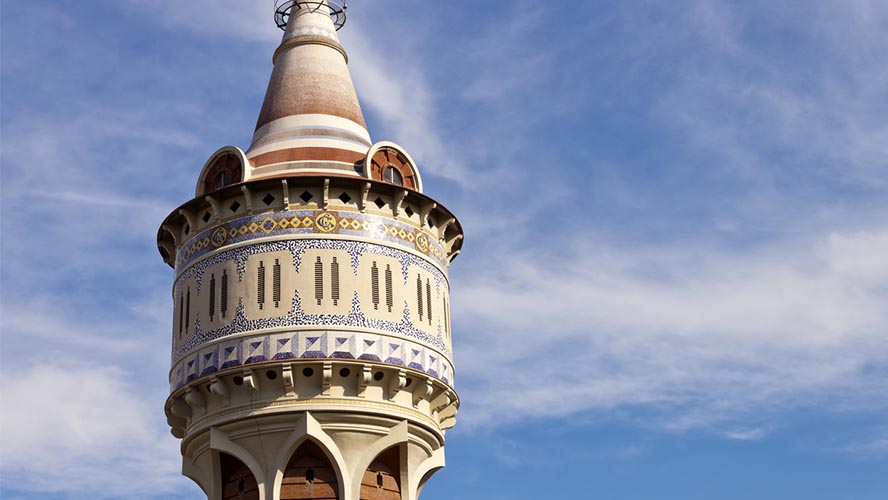
- Frank Gehry’s Golden Fish
Coinciding with the Olympic Games, the distinguished Canadian architect left his imprint on Barcelona with a spectacular steel sculpture, which looms over the seafront buildings at the end of La Barceloneta’s seaside promenade. Despite his penchant for abstract designs, the figure of a fish, whose scales glimmer with the sun’s reflections, can clearly be made out.
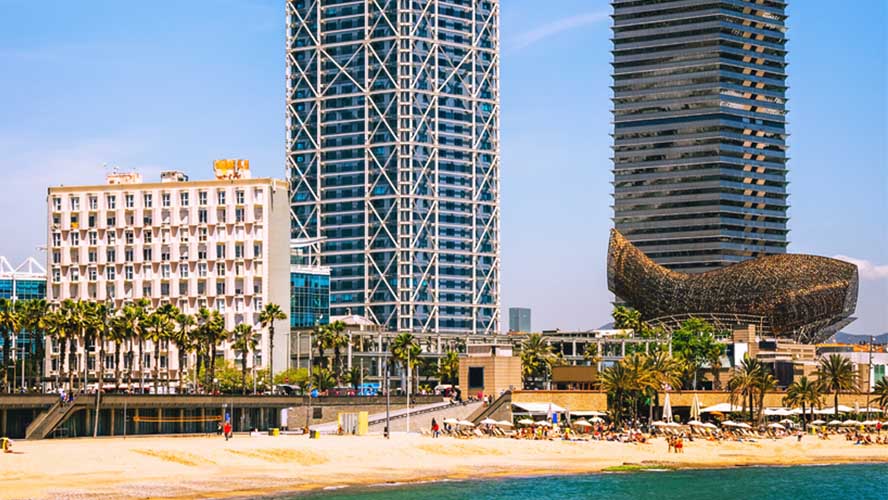
Casino Barcelona
Fans of gaming and betting will no doubt enjoy Casino Barcelona, one of Europe’s leading entertainment centres. It organises poker games for players of all levels and also boasts a wide range of gaming machines and tables.
In addition, Casino Barcelona hosts an array of events, screening sports and offering salsa nights, stand-ups, concerts and even wine-tasting and wine-pairing workshops. Its facilities also house different eateries where you can sample local and international dishes, as well as bars and pubs where you can grab a beer or a cocktail.
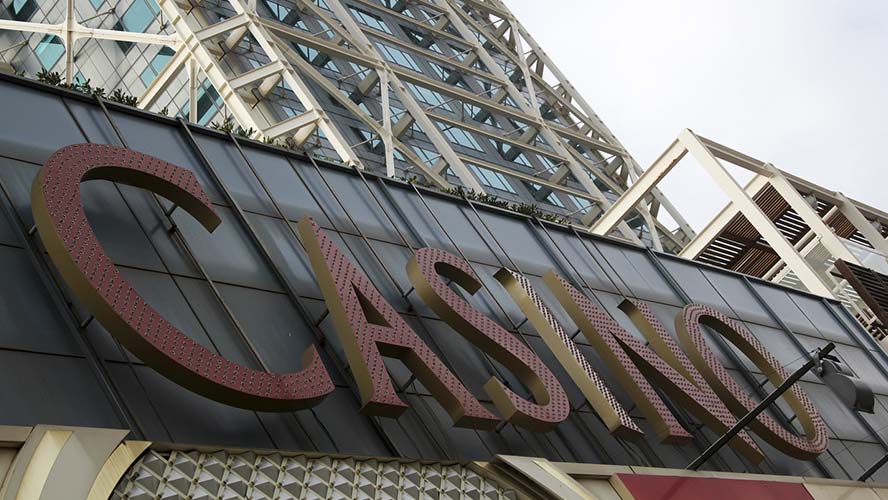
The beach, top-quality food and fiesta… Fun is guaranteed in the La Barceloneta neighbourhood!





























































